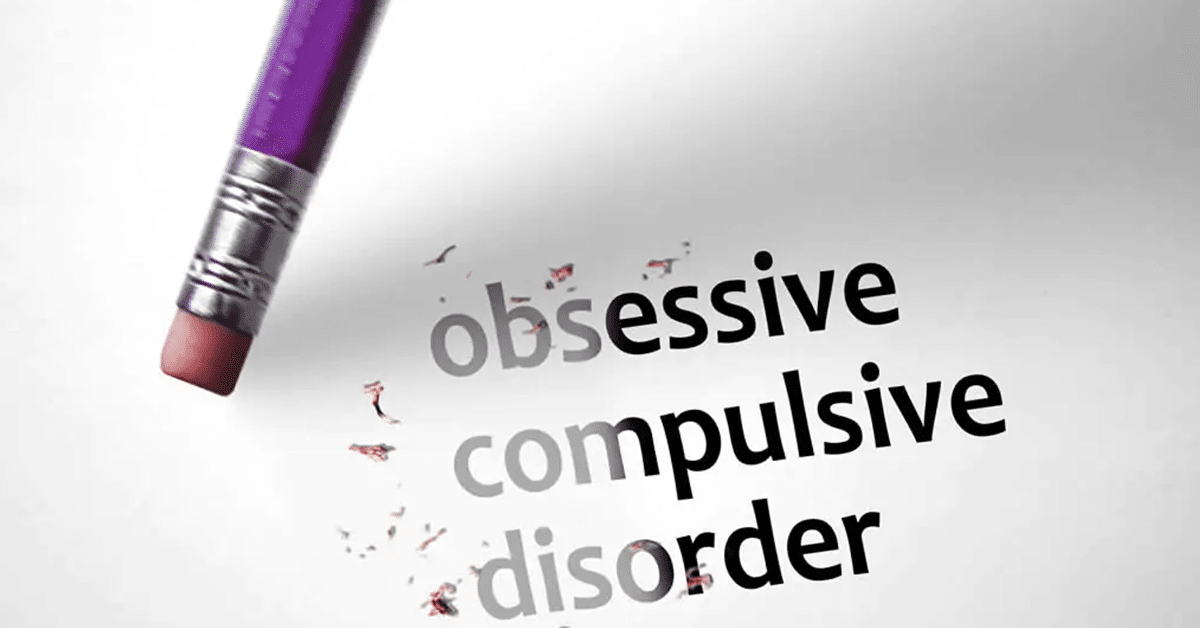The question, “what are you carrying?”; is behind every therapy session I’ve ever held space for. My approach, a trauma-informed one, to be sure, is not specific to those with PTSD. We all have accumulated events that we (or our unconscious minds) have interpreted as emotionally painful.
Often we are unable to convey the details of our story because the pain can make it like an insult to the natural flow of your life force, so we hold stories and never truly get the chance to “speak”. Whatever you are going through, in any moment, in any stage of life, it’s all about this accumulation of stories. The body will speak this if you do not, cannot, or don’t know how.
Bessel van der Kolk states, “Trauma is not the story of something that happened back then. It’s the current imprint of that pain, horror, and fear living inside people.” We all have a “what happened to you narrative” that needs to be understood. I incorporate trauma-informed yoga into sessions now and invite patients to a choice “can you notice what is happening with your breath?” At times, it can be the second most important phrase in a session. Once you start approaching your body with curiosity rather than with fear or shame, everything converges. The Trauma Narrative technique, however, is the topic today.
When patients come in, they often don’t ask for self-growth. In this way, their problem can almost keep secrets and suppress information. I’ve had this dilemma myself, so I know we are, at times, fundamentally at war with ourselves. It takes a real leap of courage to see yourself, what you carry, allow yourself to know what you know. That takes a good space, the right questions, and an understanding that accumulated events are unresolved traumas.
That is why developing a Trauma Narrative with my patients is so important. Most adults have a collections of pain points, at least a few painful memories, or larger events, and, as mentioned above, it can be cumulative and not just a singular event. On the spectrum are those shaming experiences that cause you to cringe, even decades later. The spectrum can also include things like heartbreak, loss, and regret. These memories are more than a series of facts and images—they also carry powerful emotions that reprint pain invisibly or visibly every time they surface.
In the case of trauma, this phenomenon is taken to the extreme. Yet, all emotional memory can take its lessons from the traumatic memory process. Traumatic memories are so emotionally loaded that even the smallest of reminders can be crippling. The sound of a car horn might trigger a panic attack, or a familiar smell can lead to an uncontrollable rage. Accumulated trauma can also have its reminders, and the “triggers” are very elusive.
Gentle Exposure
Innately, many survivors of trauma, and everyone with accumulated stories, all do their best to dodge these memories—as if they are a moving target, many of the maneuvers they make in life have to do with this, subconsciously. After all, it can feel strong to appear agile. Who would willingly expose themselves to even more pain? Unfortunately, avoidance of trauma can sometimes be more harmful than it is helpful. Avoidance can cause trauma to accumulate and it becomes more painful, and of course some triggers are simply impossible to avoid.
One way that therapists help survivors of trauma is through what this writer is calling, gentle exposure treatments or the Trauma Narrative. During this exposure, the patient has choices and methods of revealing their narrative and may feel less exposed to the concept of having to tell it all or find the words, event the whole intact memories to prove it happened. Like traditional exposure, the patient is choosing to be confronted with reminders of their trauma gradually, in a safe environment. With enough exposure, trauma loosens its emotional power.
This brief article is meant to merely open your awareness of this method and help you enter into treatment requesting it if it feels right to you. This is just one of many techniques I combine with others. The trauma narrative is a powerful technique that allows survivors of trauma to confront and overcome their painful memories through storytelling.
What is a Trauma Narrative?
The trauma narrative is a psychological technique used to help survivors of trauma make sense of their experiences while also acting as a form of exposure to painful memories.
Without treatment, the memories of a trauma can feel cluttered, chaotic, and tangled—an unbearable wash of images, sounds, and emotions. When completing a trauma narrative, the story of a traumatic experience will be told repeatedly through verbal, written, experiential, somatic, or artistic means. Sharing and expanding upon a trauma narrative allows the individual to organize their memories, making them more manageable and diminishing the painful emotions they carry.
Trauma stories are often shared organically through conversation, both in and out of treatment. Sometimes, the organic retelling of a traumatic experience can cause dysregulation and be harmful, especially if it’s in an unsuitable setting (e.g., work, holiday party, class). Learning to use trauma narratives purposefully with your therapist allow you to control for these potential problems.
- Cohen, J. A., & Mannarino, A. P. (2008). Trauma-focused cognitive behavioral therapy for children and parents. Child and Adolescent Mental Health, 13(4), 158-162.
- Deblinger, E., Mannarino, A. P., Cohen, J. A., Runyon, M. K., & Steer, R. A. (2011). Trauma-focused cognitive behavioral therapy for children: impact of the trauma narrative and treatment length. Depression and anxiety, 28(1), 67-75.
- Trauma-Focused Cognitive Behavioral Therapy: A 12-Hour Workshop Covering Basic TF-CBT Theory, Components, Skills, and Resources (2013). Workbook with no publishing info.
- Bessel A. Van der Kolk. (2015). The Body Keeps the Score: Brain, Mind, and Body in the Healing of Trauma. Penguin Publishing Group, Sep 8, 2015 – Medical – 445 pages
Keep Reading
Want more? Here are some other blog posts you might be interested in.







